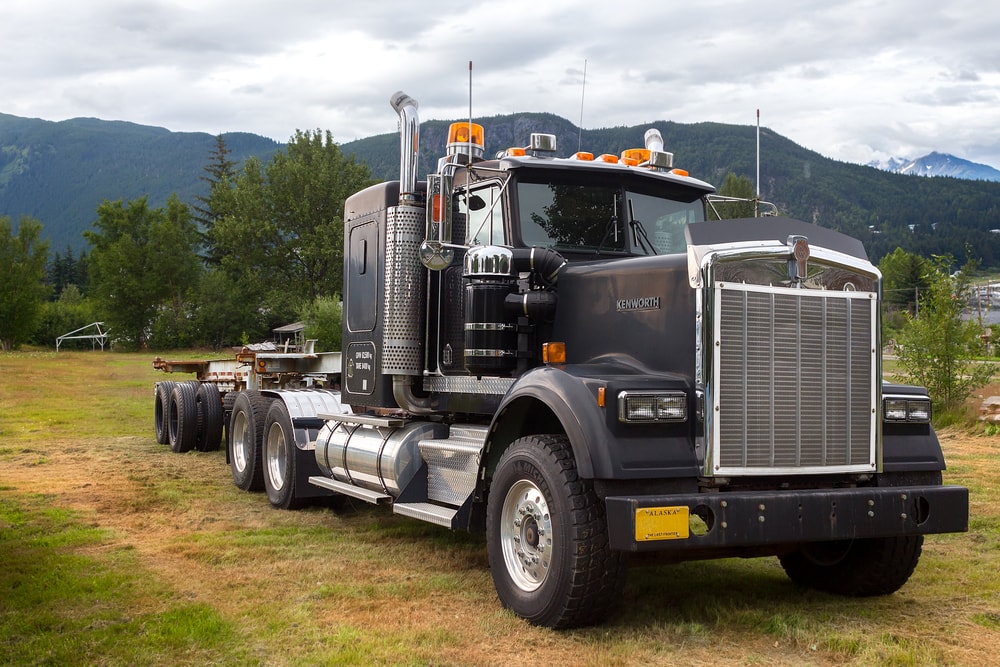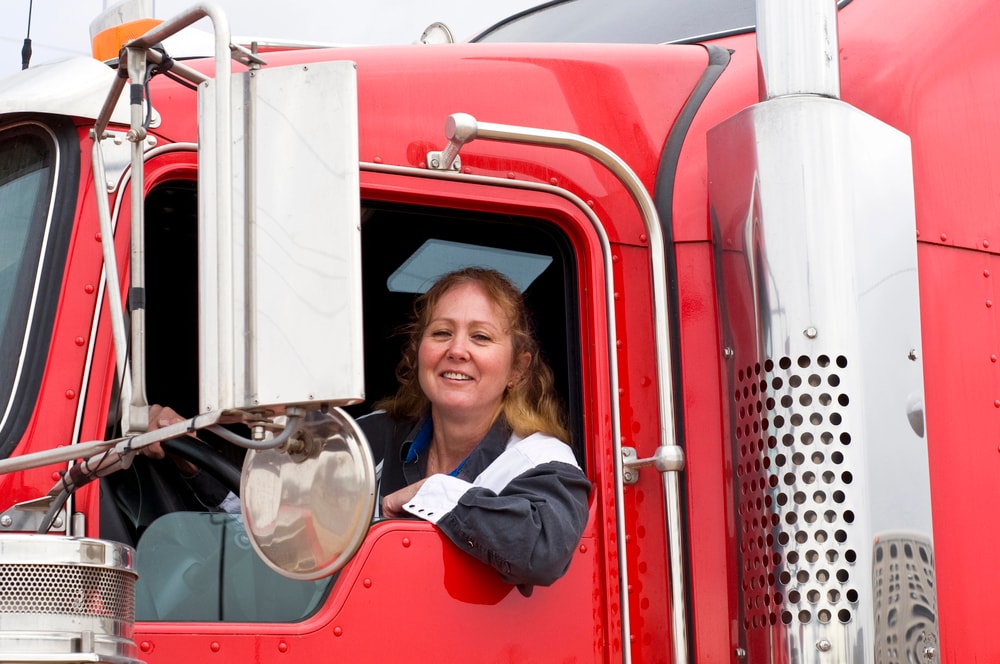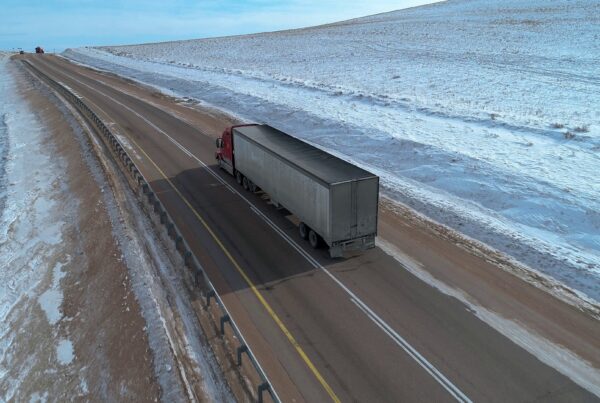When it comes to moving freight, it’s not just about whether you use a reefer or dry van—it’s about how your entire trailer strategy aligns with your business, facility, and shipment flow. For many shippers, the key question isn’t what kind of trailer? but how will that trailer be used?
Terms like drop trailer program and power only trucking are often thrown around interchangeably, but they refer to very different services—and getting them mixed up can lead to delays, lost revenue, and rising costs.
Whether you’re managing perishable goods, dealing with limited dock doors, or trying to reduce detention fees, understanding the benefits and differences of trailer programs helps your supply chain run smoother and more cost effectively.
Why Your Trailer Strategy Matters
Your trailer setup is more than a logistics checkbox—it’s a lever to gain greater efficiency, save money, and reduce strain on yard space and warehouse staff. Choosing between power only freight and drop trailers directly affects how quickly your driver can arrive, load or unload, and get back on the road.
Here’s what’s at stake:
-
Saving time and reducing wait times at pick ups
-
Managing delivery windows with more control
-
Avoiding detention charges and delays
-
Making better use of your loading dock and available dock doors
The right approach will depend on your access to equipment, trailer ownership, and how your facility schedules its inbound and outbound freight.

Power Only Trucking: What It Means
What is power only?
Power only trucking is a model where the carrier provides only the tractor (also called the power unit), while the shipper supplies the trailer. This setup works well for companies that own trailers or lease them independently.
Benefits of Power Only Freight
-
Saves time with faster “hook and go” options
-
Offers flexibility for power only loads without needing extra trailers
-
No trailer maintenance required for the carrier
-
Helps comply with the electronic logging device (ELD) mandate
-
Keeps trailers moving during prolonged periods of high demand
Power only is particularly helpful for shippers with multiple trailer pools or tight delivery window expectations. It allows carriers to scale quickly without the overhead of owning trailers, while letting shippers retain control of the trailer asset.
Drop Trailer Program: How It Works
What is a drop trailer?
A drop trailer program allows a carrier to leave an empty trailer at your facility. The driver leaves, and the trailer is loaded or unloaded later—without tying up the driver for a live unload.
Benefits of Drop Trailer Service
-
Supports flexible loading and unloading schedules
-
Reduces detention fees and costly wait times
-
Ideal for perishable goods that require scheduled loading
-
Works well for night/weekend pick ups and tight driver hours
-
Solves challenges related to limited dock doors and slow warehouse staff
By converting a live load into a drop, shippers gain the ability to control timing around labor availability, product staging, and customer expectations. Drop trailer service is especially useful when dock space is limited or loading takes time.
Power Only vs. Drop Trailers: What’s the Difference?
When deciding between Power Only and Drop Trailer setups, it’s important to understand the key differences and benefits of each. Here’s a breakdown to help you determine which is the best fit for your operation:
What It Is
-
Power Only: The carrier provides just the tractor and hooks to a trailer the shipper already owns or leases.
-
Drop Trailer: The carrier drops one of their own trailers at a facility to be loaded or unloaded at a later time.
Who Supplies the Trailer
-
Power Only: The shipper supplies the trailer.
-
Drop Trailer: The carrier supplies the trailer.
Does the Driver Wait?
-
Power Only: No. The driver can hook and go quickly.
-
Drop Trailer: No. The driver drops the trailer and leaves, freeing up time for other loads.
Best For
-
Power Only: Shippers who own or lease their own trailers and just need tractor support.
-
Drop Trailer: Facilities that experience frequent loading delays, have limited dock space, or need to stage freight in advance.
Does It Reduce Detention Time?
-
Yes, for both. These setups help avoid long wait times by keeping the driver moving.
Does It Save Time?
-
Yes, both models are designed to increase speed and flexibility.
Is It Suitable for Perishable Goods?
-
Power Only: Sometimes, depending on trailer control and timing.
-
Drop Trailer: Yes, especially when timed loading/unloading is needed to protect temperature-sensitive freight.
Both models offer logistics solutions that reduce costs, improve freight flow, and adapt to facility constraints. The choice depends on trailer availability, shipment timing, and operational setup.
Choosing the Right Fit for Your Business
There’s no one-size-fits-all answer—but there are several reasons to consider each setup.
Choose power only if:
-
You have access to your own trailers
-
You want to increase uptime and use fewer resources
-
You want to avoid maintaining trailers
Choose a drop trailer program if:
-
You need more control over loading schedules
-
Your facility has space constraints or staffing gaps
-
You want to reduce wait times and detention charges

Freight That Works for You
Whether you opt for power only trucking or a drop trailer service, your decision will impact your supply chain in big ways. These strategies help shippers, carriers, and customers align their priorities—cutting costs, saving time, and improving reliability.
Smart trailer programs create smoother operations, more predictable timelines, and a better experience at every step—from front end planning to the final destination.




